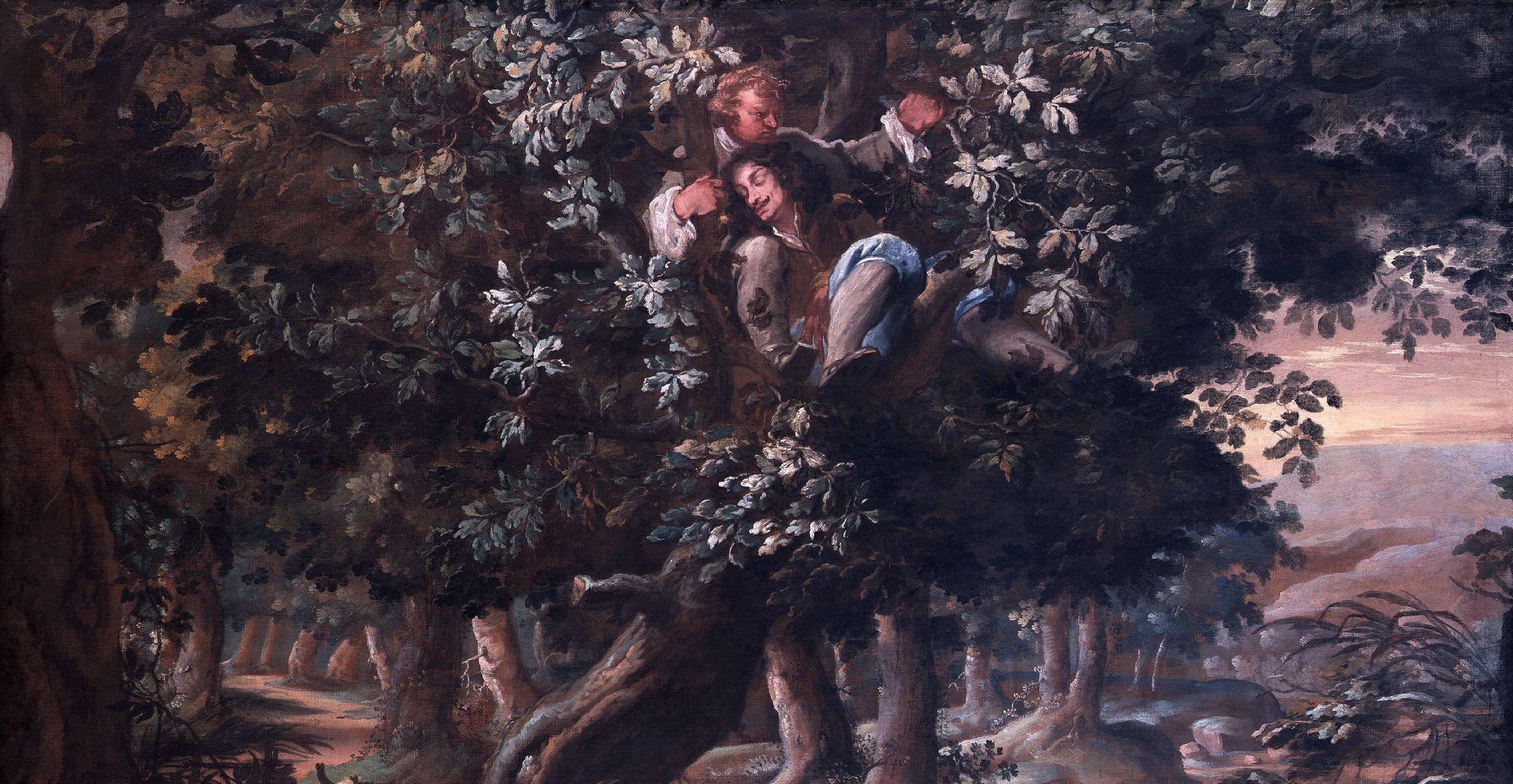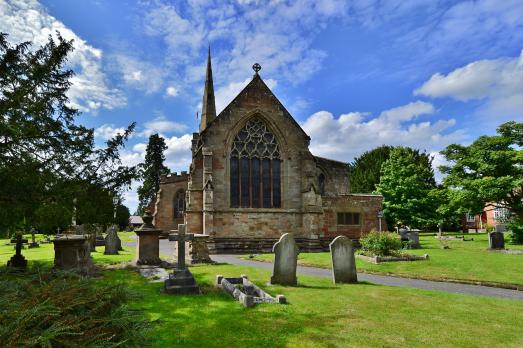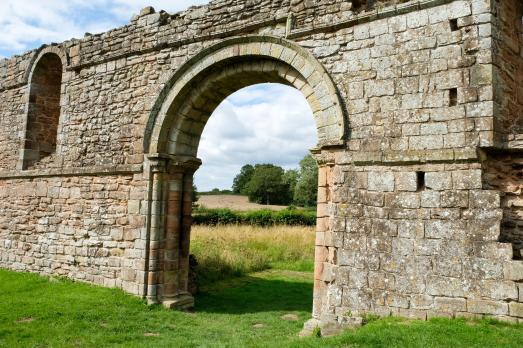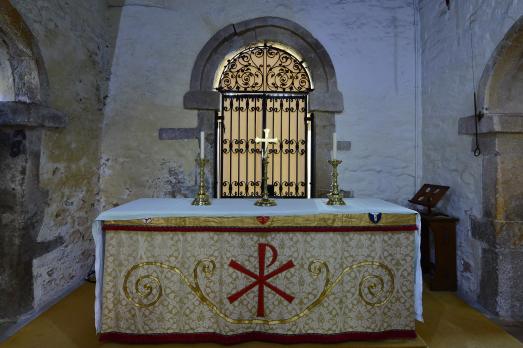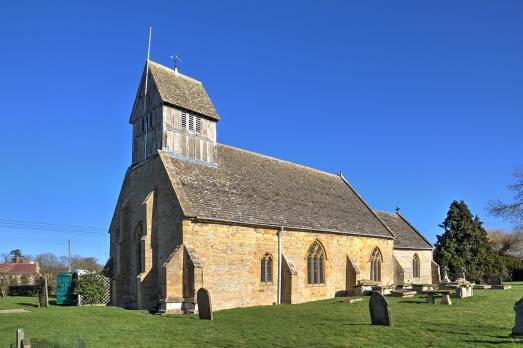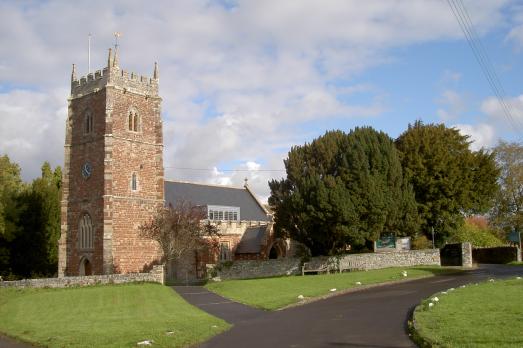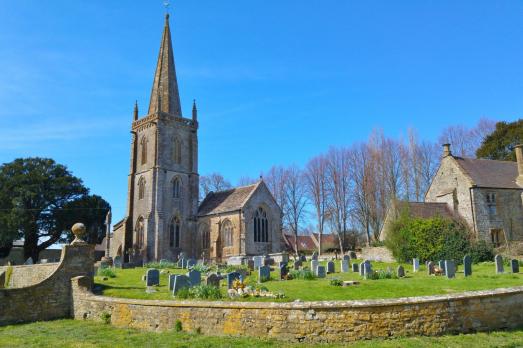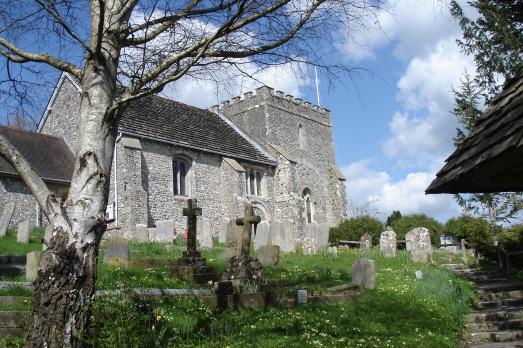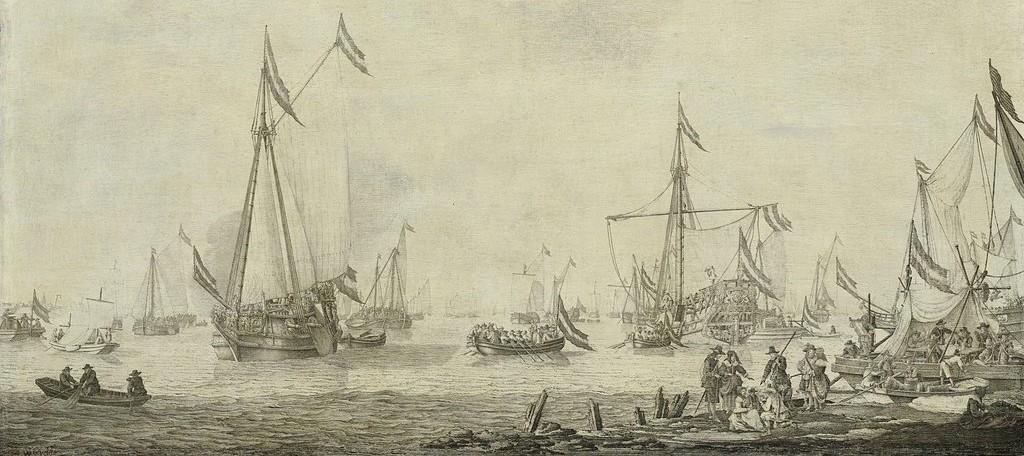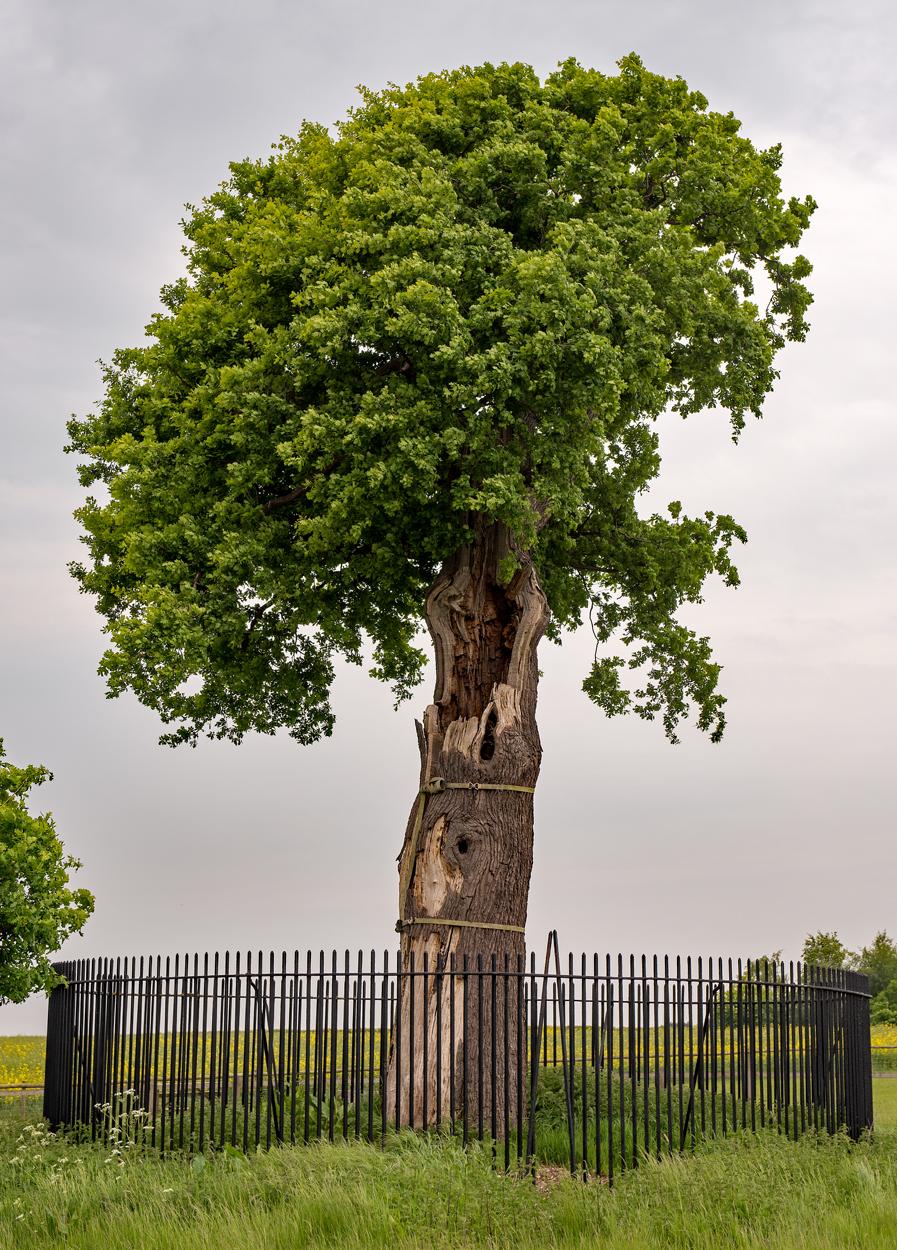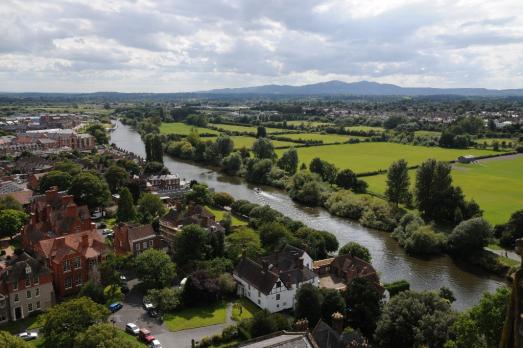
Faithful city
The ‘Faithful City’ of Worcester, due to its loyalty to the King, was one of the most harshly fought over towns in England. Parliamentary control was only interrupted for 12 days when Charles II arrived with his largely Scottish army, but he was then defeated at the Battle of Worcester. Magnificent views of what would have been the battlefields can be seen from Worcester Cathedral tower, where you can imagine the scenes that influenced Charles II decisions and made the battle a turning point in British history.

